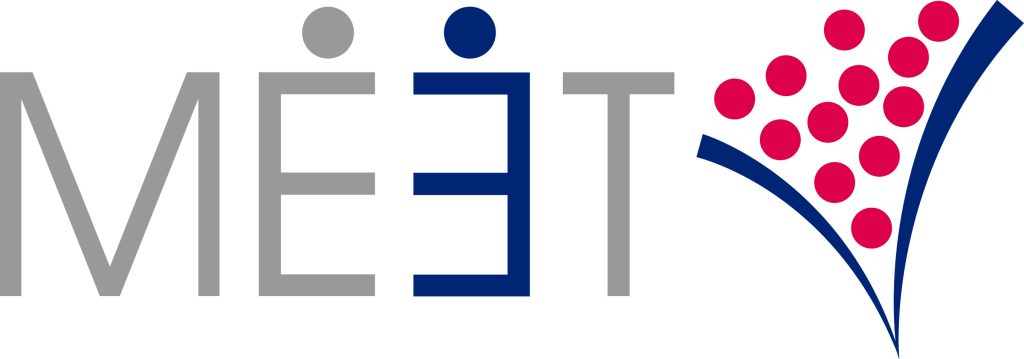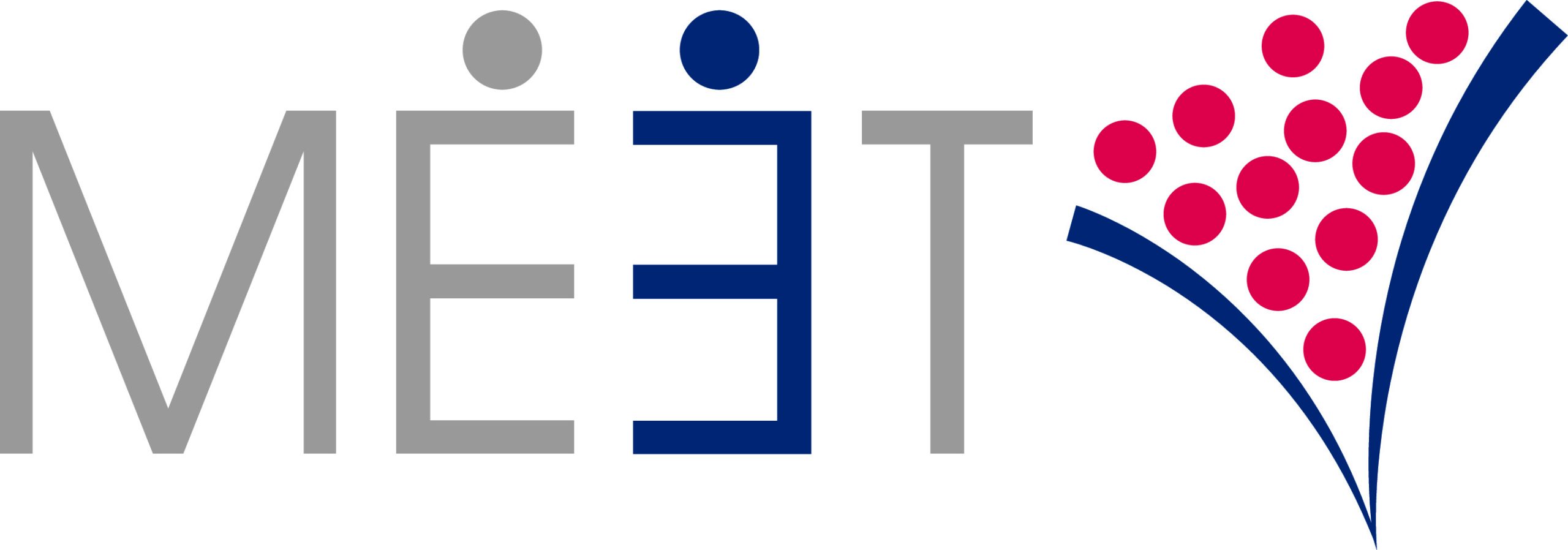Common Pitfalls When Endeavoring to Scale in the U.S. Market
Back in January, we explored issues and opportunities companies face when endeavoring to scale in the U.S. market through an interview with Blair Parks, U.S. and Canada Business Manager for the Mayor’s International Business Programme, London & Partners. The Mayor’s International Business Programme is a free 12-month program designed to help UK-based high-growth, ambitious scale-ups expand internationally. You can check out Part 1 of our conversation with Blair, where we explored some of the resources offered by London & Partners and the types of questions companies should ask themselves when considering the right time to scale. As the U.S. and Canada Business Manager, we asked Blair what criteria companies should look at when geographically assessing which U.S. market to enter first. Criteria for geographic selection According to Blair, companies should assess the market in terms of three criteria: sector, client base, and culture. “First look at where your sector is the strongest. For example, if you’re a life sciences company, look at San Diego, Boston, Nashville, etc. Do your homework.” “Next, assuming you have a pre-existing customer base in the U.S., assess their location. Many companies assume they need to be in New York but after looking at their client data discover the Midwest is a better fit.” “Finally, look to see where you fit culturally. London/UK companies tend to align better in pace and culture with east coast cities. The shorter flight also makes it easier to make frequent trips.” Blair also noted that for companies with investors, it’s critical to get their opinion on where to set up first. Common pre-scaling pitfalls Sometimes the best way to avoid a mistake is to know about the ones others have made. We asked Blair to share the most common missteps companies make before entering the U.S. market, during the discovery phase. “When engaging with potential American customers, they should feel your company’s commitment to the market.” According to Blair, too many companies fail to communicate in the same language (i.e. British versus American English) and forget to use the right time zone for their meetings. These small mistakes send a message that the company is not fully committed to the U.S. market. As Blair says, “not being in their world is a really big mistake.” This is true for investors as well. According to Blair: “going on fact-finding missions to the U.S. is a great idea, but don’t go meeting with VCs before you’re ready. You don’t want to use up those introductions and business development meetings if you’re not ready to deliver.” Common post-scaling pitfalls What are the most common mistakes made by companies who have already scaled and are just not successful in the U.S? Blair focused right in on poor budgeting as the most common mistake. Many companies fail to account for the higher costs and competition of hiring talent in the U.S. when compared with other countries. Pro Tip: More UK companies these days are sending over a senior member of their team to set up the business rather than leaving it up to a U.S. salesperson who should be tasked otherwise. Assuming you have the right person for the job, sending over a someone from headquarters will help to ensure that the culture of the company, as well as the product or service, is being transferred as intended. A common pitfall with hiring a U.S. salesperson to run any scale-up is they tend to feel isolated and may not have the same company buy-in. “If you do go with an American first hire, make sure that you’re visiting them regularly and bring them over to visit the home market so they begin to feel an attachment, get to know people and can recognize the team by face.” The importance of localized communication At MEET, we talk a lot about the importance of localized communication with our clients and how to make sure that every opportunity to interact with customers is flawlessly executed. We were curious about how London & Partners does the same. “As an American, I will look at their website and see if it serves me; I often catch some language that clearly doesn’t fit with the U.S. market.” The Mayor’s International Business Programme will also make connections with U.S. marketing firms upon request. Regarding the website, make sure that any existing clients you’d like to promote are companies with name recognition in the U.S. Listing domestic UK companies that Americans are unfamiliar with may actually hurt your credibility. Finally, while Blair does not believe it’s necessary to regionally localize U.S. communication, she did emphasize the importance of having a U.S. address on the company website. “Americans really value being able to get in touch with someone in their home market.” You can check out Part 1 of our conversation with Blair Parks on our blog page, or access our full interview on Issues and Opportunities when Endeavoring to Scale in the U.S. Market. About MEET (meetroi.com) helps international B2B growth companies soft land and scale in the U.S. through trade shows and in-person events. MEET’s processes help its clients ramp-up sales quickly and maintain a steady stream of high-quality prospects going forward. Contact Bill Kenney for a free, no-obligation consultation bill@meetroi.com or +1 (860) 573-4821.

